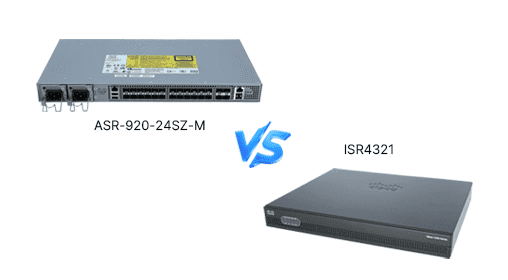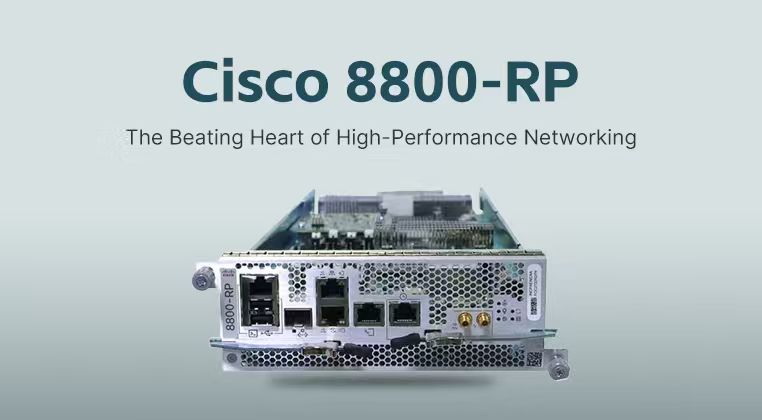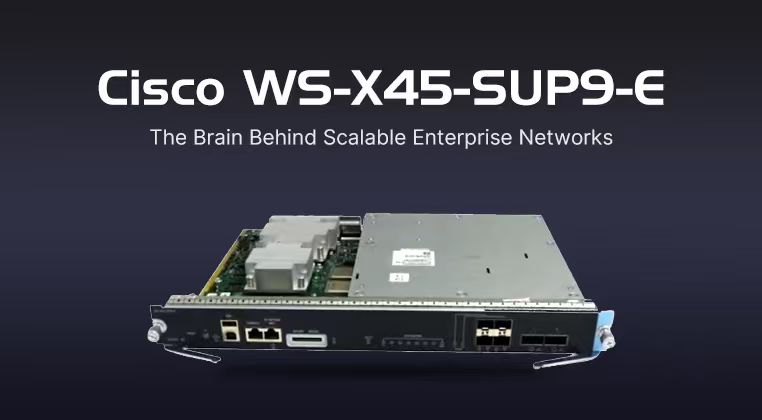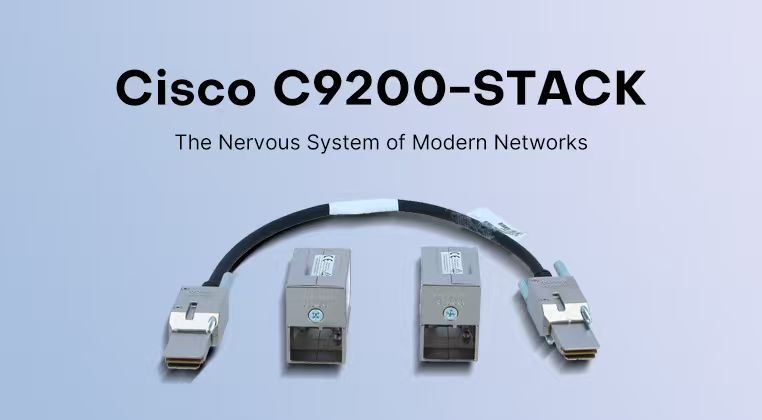














Cisco's Workhorse vs. Speed Specialist: Getting to Know the ISR4321 and ASR-920-24SZ-M
Hey there! Trying to choose between Cisco's ISR4321 and the ASR-920-24SZ-M? It's like comparing a versatile SUV to a sleek sports car built for the highway. They're both solid pieces of kit, but they're designed for completely different jobs. Let's break it down in a way that's (hopefully) more helpful than confusing.
First, the hard numbers. A quick look at the spec sheet shows you where each one shines.
|
Core Parameter |
Cisco ISR4321 / ISR4321/K9 |
Cisco ASR-920-24SZ-M |
|---|---|---|
|
Series / Target |
Integrated Services Router (ISR) / Branch Offices, Mid-size Biz |
Aggregation Services Router (ASR) / Service Provider Access, Metro Ethernet |
|
Port Configuration |
4300 Series Router
|
24 x GE SFP (Fiber) ports + 4 x 10GE Modular ports
|
|
Key Strength |
All-in-one services (routing, security, voice) |
High-density fiber aggregation and pure speed |
|
Form Factor |
Router |
Router
|
|
Notable Feature |
Part of the 4300 ISR series
|
Modular Power Supply Unit (PSU)
|
So, what does this all mean in practice? The ISR4321 is your all-in-one solution for a branch office or a medium-sized business. It's not just about moving data from A to B; it's about being the smart, secure hub. Think of it as a Swiss Army knife—it can handle routing, security like firewall, and even voice services, all in a single box. It’s the kind of device you set up and it just runs reliably, making it a favorite for IT teams that need to manage a wide range of services without a ton of fuss.
The ASR-920-24SZ-M, on the other hand, is a specialist. Its name gives it away: Aggregation Services Router. This thing is built for speed and scale, perfect for a service provider's network edge or for connecting large networks together in a metro area. With those 24 fiber ports and modular 10GE slots, its main job is to take a huge amount of traffic from multiple sources and efficiently funnel it onto a bigger backbone. It's the kind of gear you'd find in a data center or a telecom cabinet, where raw throughput and reliability are everything.
When you look at them, the physical differences hint at their roles. The ISR4321 has a more generalized, robust build for an equipment room. The ASR-920, while also a 1RU form factor, is designed with high-density fiber connectivity in mind, and its modular power supply is a nod to the need for redundancy in critical environments.
For the person managing the network, the experience is totally different. Working with the ISR4321 feels familiar if you've used Cisco's IOS before. It's designed for manageability, letting you configure a whole suite of features without needing a dozen other devices. The ASR-920 is more of a purebred speed machine. The interface is built for network operators who need to monitor and manage high-volume traffic flows with precision. It's less about having a million built-in services and more about being the most reliable and efficient pipe possible.
In terms of value, it's all about what you need it for. The ISR4321 likely represents a different kind of value, offering a cost-effective way to consolidate multiple network functions into one trusted platform. The ASR-920-24SZ-M's value proposition is about the cost per port for high-speed fiber connectivity and the reliability required in carrier-grade applications. You're investing in specialized performance.
Let's talk pros and cons straight up.
Cisco ISR4321: The All-Rounder
Pros: Excellent as an integrated platform. Great for consolidating services (router, firewall, maybe even voice gateway) which can simplify your network design and management. It's a known quantity with a strong reputation for branch office reliability.
Cons: It's not built to be a high-speed aggregation monster. If your primary need is to terminate dozens or hundreds of fiber links, you'll quickly outgrow it.
Cisco ASR-920-24SZ-M: The Speed Specialist
Pros: Fantastic port density for fiber and 10G/100G uplinks in a compact form factor. Built with service provider reliability and scalability in mind. That modular power supply is a big plus for uptime.
Cons: It's a specialist tool. If you need advanced security, voice, or other application-aware services, you'll likely need additional equipment. It's designed for a specific, high-performance role.
Stability? Both are Cisco products, so you expect solid performance. The ISR4321 is built for the steady, reliable operation of a business network. The ASR-920-24SZ-M, with features like a modular PSU, is engineered for the non-stop, carrier-grade reliability needed in a service provider network where downtime is not an option.
So, which one's for you? It boils down to this: if you're looking for a versatile, all-in-one box to run your business network with a variety of services, the ISR4321 is your go-to. But if your main challenge is managing a ton of fiber connections and you need a robust, high-throughput device to aggregate that traffic, the ASR-920-24SZ-M is the clear choice. It's all about matching the tool to the task.




